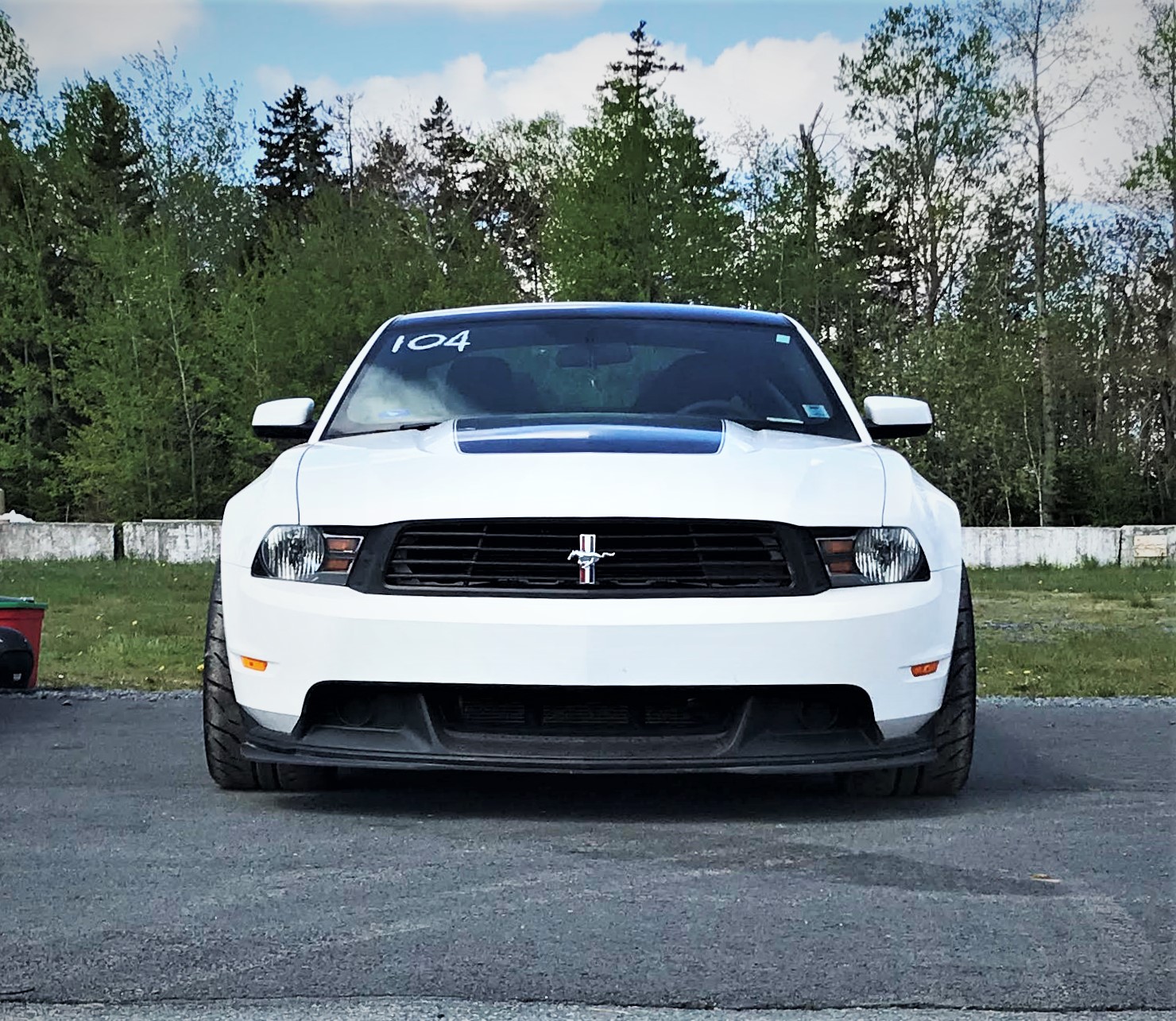Photos by: Graham MacNeil A few years ago, I was still a student and I had a class called Internal Combustion Engines. It was easily one of my favourite classes, as you can image. Studying engines, calculating hp, torque, efficiency, and exhaust flow for grades? Sign me up! It wasn't just the content, though, as magnificent as it was. The class itself was taught by the coolest prof there is. You may think you've had a cool prof, teacher, coach, or instructor, but I've got the standard by which all educators must be measured. For one, he or she has to teach something that is cool.. does it get cooler than Internal Combustion Engines? (No, in case you're wondering). This one is also a true gear head, so much so that he sticks around after class and argues about cars, performance, lap times, and racing. And occasionally does so in the middle of class.. For one class project, I proposed comparing the engines and specifications of the C6 Corvette ZR1 and the Ferrari 5
Mitsubishi Evo X GSR at Atlantic Motorsport Park - Kevin Doubleday © If you live in Canada or the US, you'll find that plenty of people hold sacred the terms '4x4' and '4WD' to describe a 'true 4x4', where you have a butch transfer case with a low speed, perhaps a body on frame chassis, and ideally a solid axle or two. I'm not sure how that translates to the rest of the world. My extensive research into the motoring industry in Europe (which exclusively consists of watching Top Gear and The Grand Tour...) concluded that most people across the pond simply refer to any vehicle that is capable of sending any power to all four wheels as a 4WD vehicle, further muddying the waters. Where I grew up, 4x4 was more or less synonymous with 'Jeep' so that's not much help either. However, despite all various systems attempting to do the same sort of thing - distribute power between all four wheels instead of two - not all systems are created equal,










